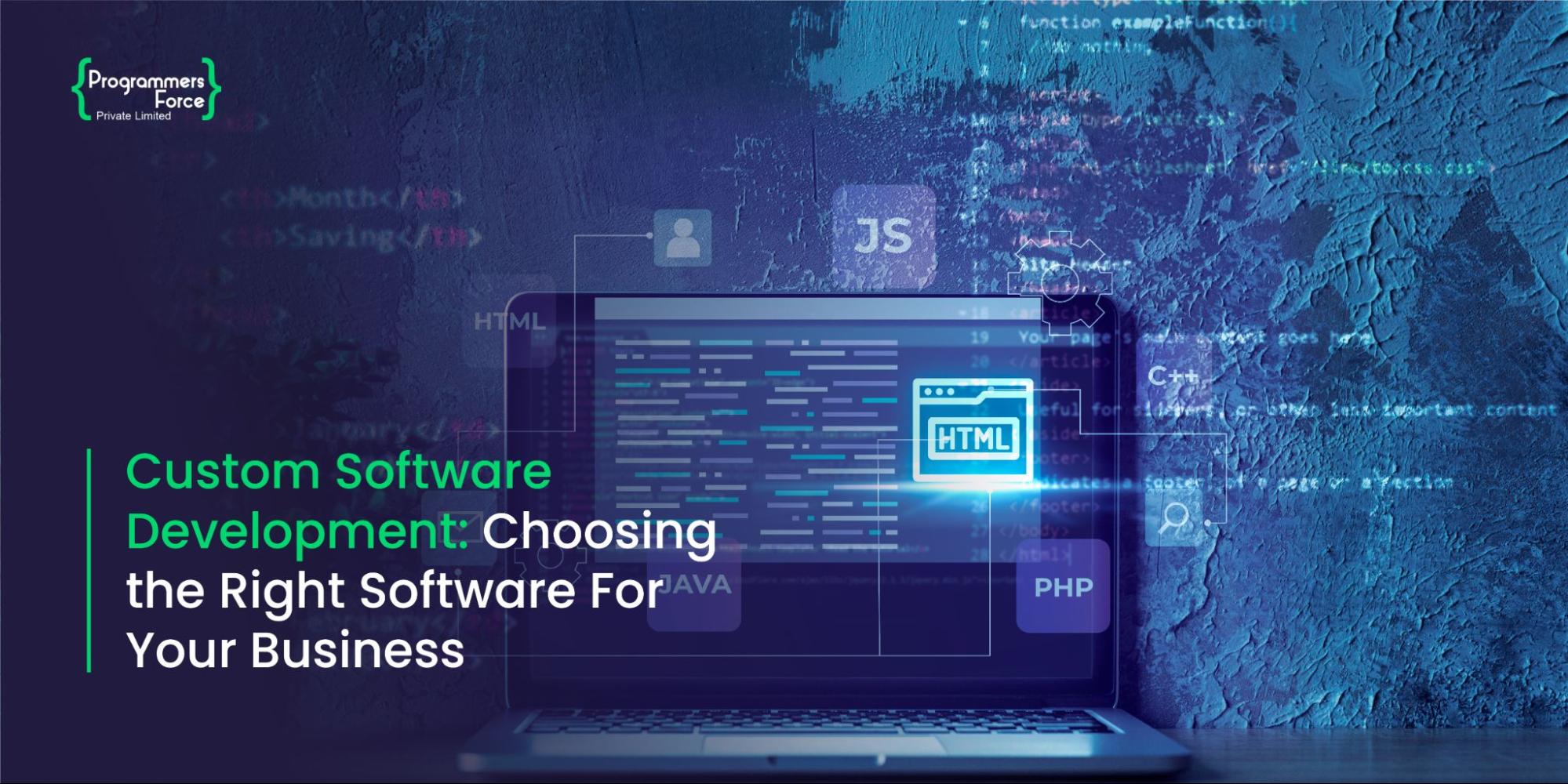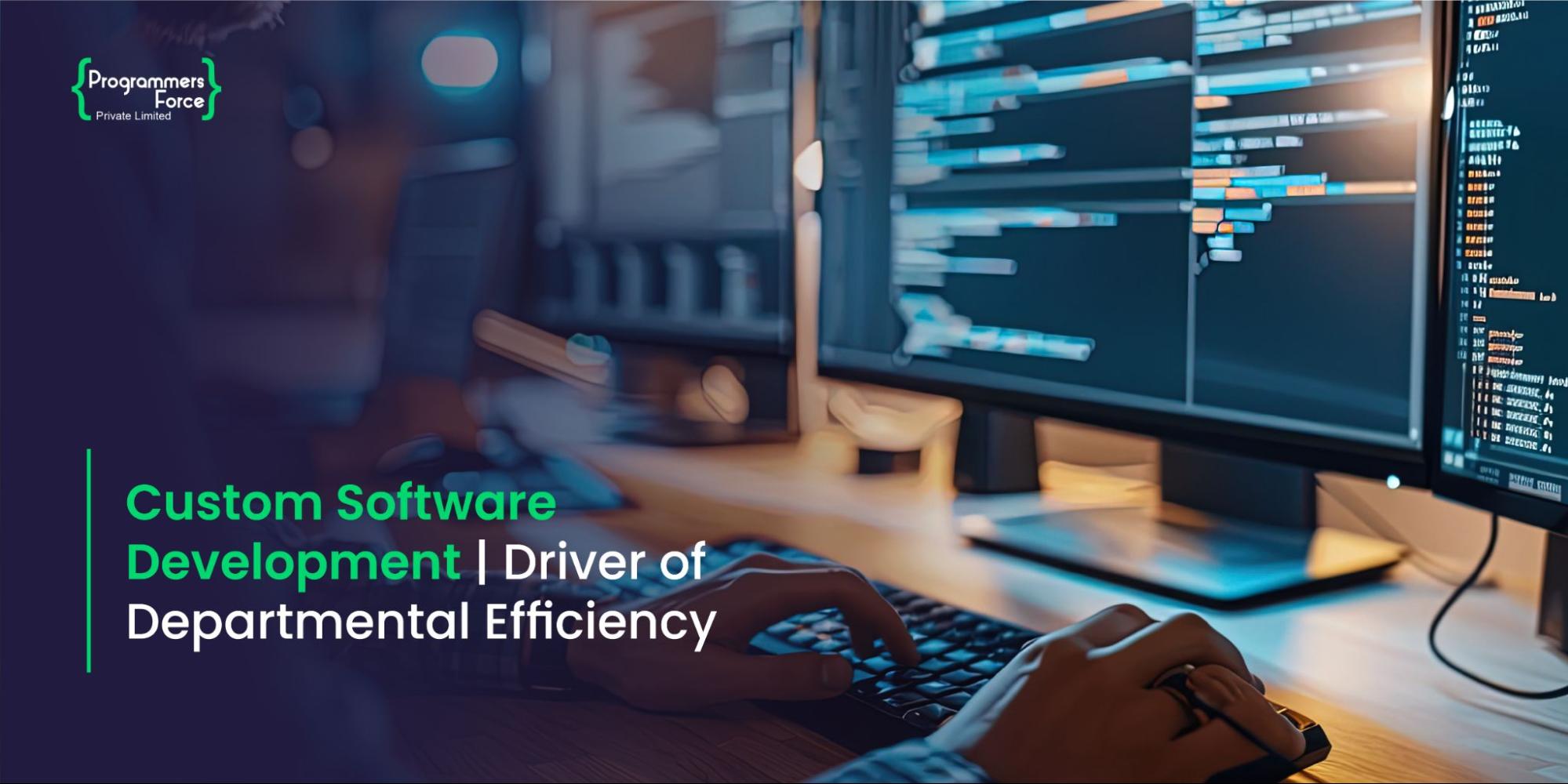
IoT Mobile App Development – A Complete Guide for Beginners
The Internet of things has become a normal concept after its adoption in various industries. The tech sector has devised so many apps for various businesses ranging from healthcare to agriculture. With the increase in demand for IoT software development, smartphone manufacturing firms also have dived into IoT mobile app development. The mobile market is full of IoT devices from smartwatches to smart tags with big players such as Apple and Samsung creating new apps for them. The statistics also highlight the increasing importance of IoT software with the predicted number of IoT devices to cross 15.14 billion in 2023. This blog will cover the scope of IoT app development from start to finish.
What is IoT App Development?
The process of developing software applications that can connect to and operate Internet of Things (IoT) devices is known as IoT app development. IoT devices are physical things such as monitors, controllers, appliances, and wearables that include embedded sensors, processors, and communication interfaces that enable them to connect with one another and with the internet. IoT app development includes developing software that allows IoT devices to connect with one another as well as with cloud-based servers that manage and process data provided by the devices. Apps can be created for a variety of reasons, including home automation, healthcare, logistics, and manufacturing.
Why is IoT App Development Important?
IoT is the start of smart devices that don’t require human operation to work. They work automatically using the latest sensors and intelligent software systems.
Consider the following scenario: You own a smart home system that includes a thermostat, smart lighting, and security cameras. An IoT app allows you to remotely operate these devices from a smartphone or tablet. You can use the app to control your home’s temperature, turn on or off lights, and monitor live video feeds from installed security cameras, all from the comfort of your home or while away. The app can also trigger warnings and messages depending on data acquired by the sensors, such as when the temperature falls below a specific threshold or the cameras detect motion.
This shows how IoT can make life easier and more convenient for people as they operate automatically. How to Develop an IoT Mobile Application?
How to Develop an IoT Mobile Application?
If you are looking to create IoT applications that completely transform the way a device works. It is possible as IoT technology utilizes hardware, software and network resources efficiently to craft an interconnected solution that doesn’t require any operating support. But creating IoT applications is not an easy process as developers need to be fully aware of the latest cloud computing software and have a complete grasp on data sending and receiving processes across various devices. This is why many businesses opt to hire an IoT app development company. Hiring an IoT company is cost-effective as you don’t need to purchase all the required hardware and software intelligence tools to make the solution work.
Here are the steps you should take to create a custom IoT application.
Choose a Niche
The first step in the complete IoT mobile app development cycle is to be specific about the niche. The Internet of Things has been doing wonders in almost every sector from home automation to agriculture and healthcare. Conducting proper research before starting the implementation process can save a lot of time and resources. Here are some key benefits of choosing a Niche before proceeding to development.
- Creating the Application development plan
- Developing the whole Project workflow
- Estimation of resources required
Decide the Right IoT Platform
The next step is to choose the right mobile application development platform based on the niche and project requirements. Every platform has different features and costs, so choosing the right environment can have a significant impact on the whole development lifecycle. Since each platform has its pros and cons, choosing the right IoT platform improves the whole process, providing valuable insights into the specific niche and its user base. Here are some of the most used IoT development platforms:
Pick a Compatible Hardware
When it comes to IoT applications, the hardware is the most important part as it helps in transmitting data across two networks. The hardware part of IoT software development refers to all the sensors, devices and power sources that enable working and software support. Getting all the necessary hardware from a reputable firm can ease many future chores that can ruin the whole user experience. For instance, device malfunction and low performance after creating an IoT solution. Mostly three devices are used in IoT mobile applications including the mobile itself, the camera’s for example as explained in the above paragraph and the intermediary device that ensures connectivity between them via the internet.
Implement Security Measures
Security is a crucial part of every IoT application. Neglecting this aspect can have serious consequences as hackers can take advantage of IoT devices to gather your data and private information. And like other applications, IoT mobile apps and devices are also vulnerable to cyberattacks. To ensure the security of your application make sure to follow the guidelines listed below.
- Check your hardware and application’s security firewall and structure for any loopholes that attackers might take advantage of.
- Always choose a verified IoT application development platform and avoid using shady party environments.
- Network data protection is necessary to ensure that you use protected networks that are encrypted with modern security protocols and technology to transmit data.
- Deploy the latest security techniques such as obfuscation, two-factor authentication, encryption, and more.
Make it Scalable
IoT applications should have the ability to scale up or down depending on the circumstances and requirements. When developing an IoT program, always keep scalability in mind. For instance when purchasing hardware and software resources.
Where Programmers Force Steps In
IoT applications have the ability to revolutionize the future with robots and smart self-operational devices that require the least human effort. But implementing a successful IoT mobile application can be difficult if you are new to the field or still in a learning process. But there is always a chance to improve and get better with your skills. Not sure where to start? Contact us now to have a fully-detailed process overview that will not only put you in the driving seat but also ensure that you win the race in IoT application development in the future.










